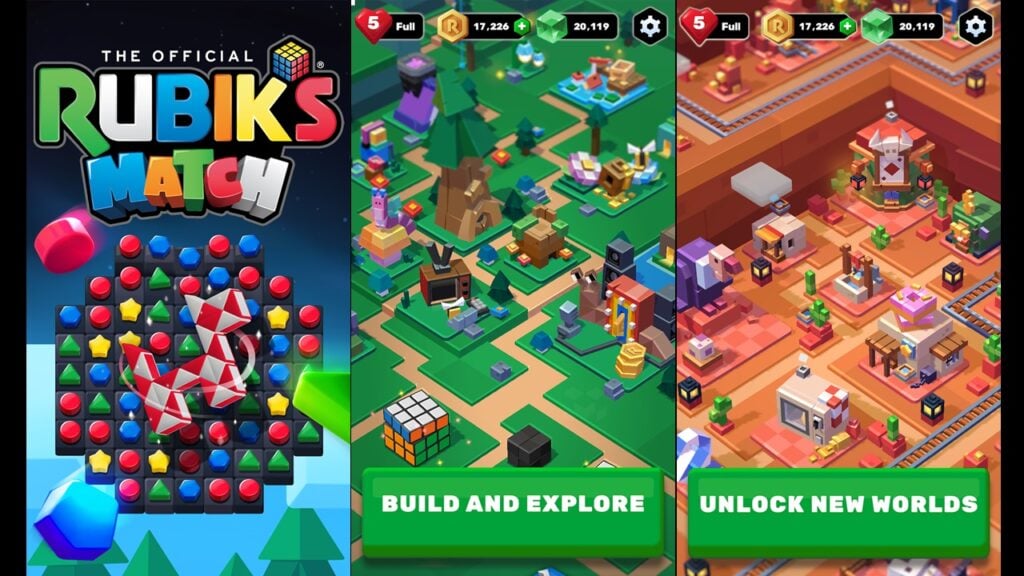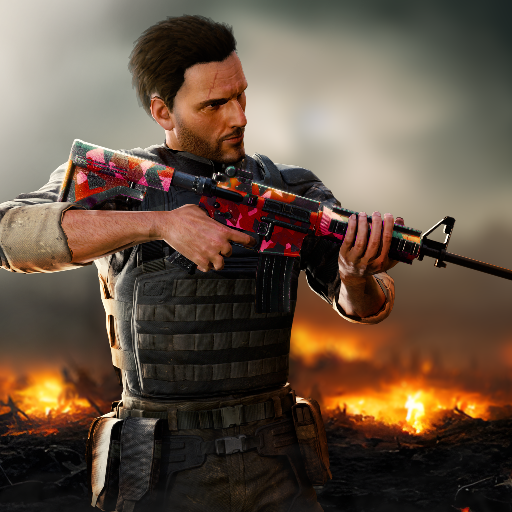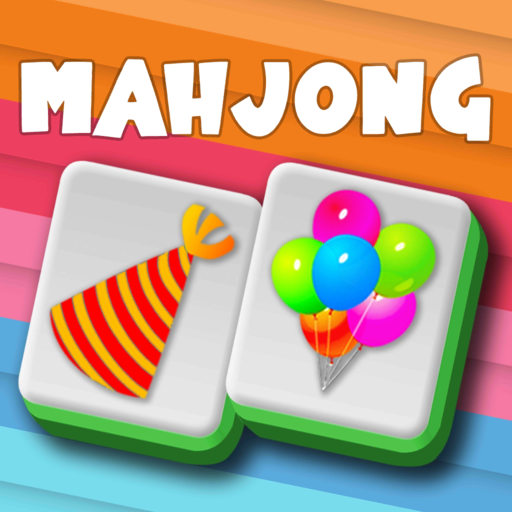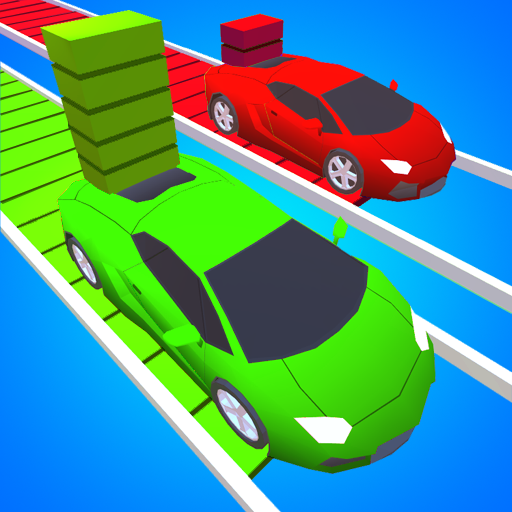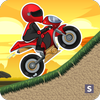Razer Kishi Mobile Controller: Game Like a Pro on Your Phone
TouchArcade Rating:  This April, the Razer Nexus (Free) app received an update adding support for the then-unannounced Razer Kishi Ultra controller, featuring customizable analog stick deadzones and more. Since its release, the Razer Kishi Ultra has proven its compatibility extends beyond smartphones. While undeniably the priciest mobile controller on the market (to my knowledge), it offers a surprisingly robust feature set for various devices. A long-time user of the Razer Kishi and Backbone One (including their USB-C iterations), I initially felt no need for a new controller. However, the Razer Kishi Ultra proved a game-changer, much like the Hori Split Pad Pro did for the Nintendo Switch years ago.
This April, the Razer Nexus (Free) app received an update adding support for the then-unannounced Razer Kishi Ultra controller, featuring customizable analog stick deadzones and more. Since its release, the Razer Kishi Ultra has proven its compatibility extends beyond smartphones. While undeniably the priciest mobile controller on the market (to my knowledge), it offers a surprisingly robust feature set for various devices. A long-time user of the Razer Kishi and Backbone One (including their USB-C iterations), I initially felt no need for a new controller. However, the Razer Kishi Ultra proved a game-changer, much like the Hori Split Pad Pro did for the Nintendo Switch years ago.
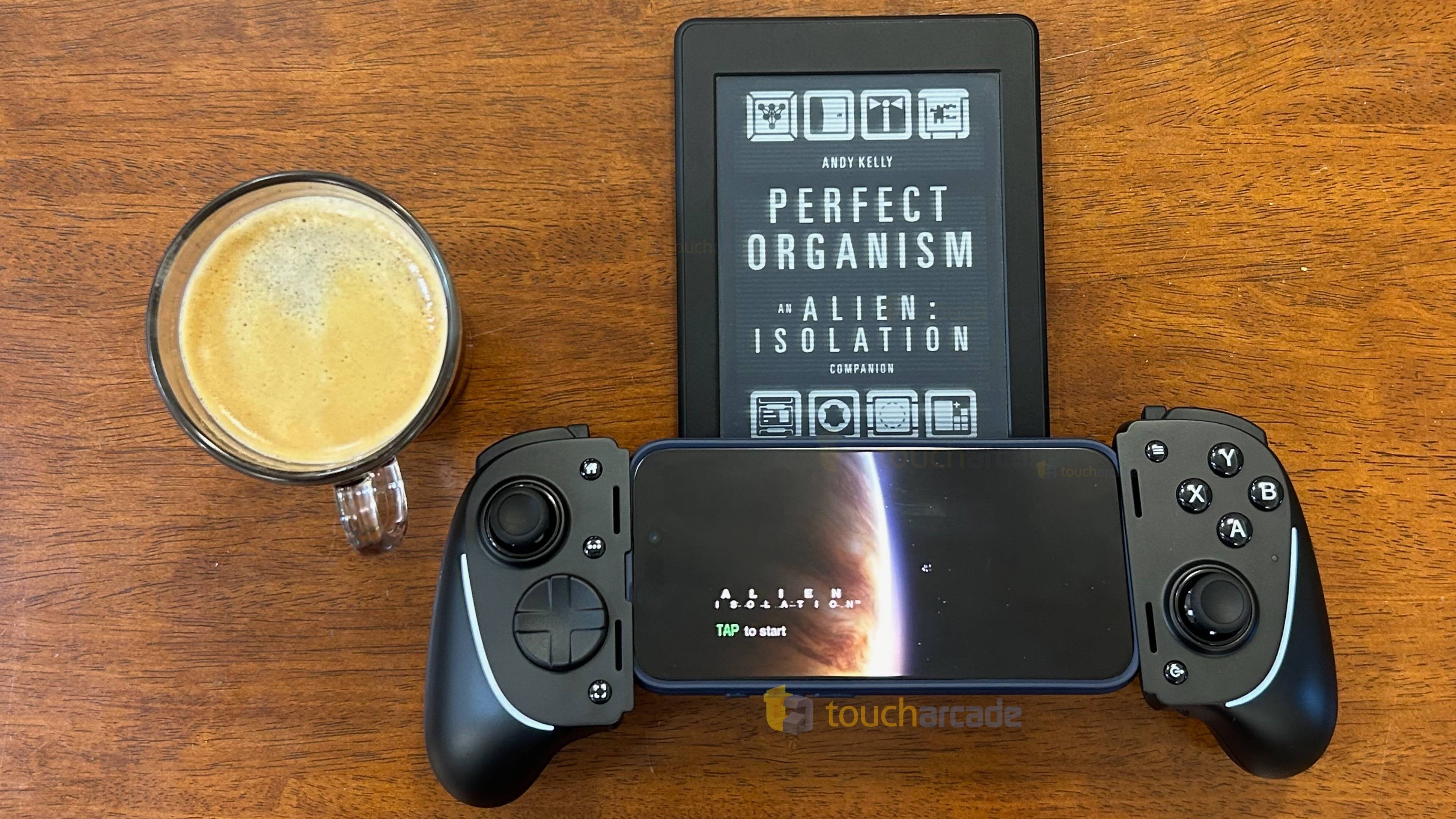
Razer Kishi Ultra – Package Contents
The Razer Kishi Ultra package contained the controller, several sets of rubber cushions for different devices, a sticker sheet, and an instruction manual. Given its $149.99 price tag, the omission of a carrying case or even a simple pouch felt like a missed opportunity. However, the box and controller packaging maintained Razer's usual high quality.
The included rubber cushions are paired and labeled for iPhone (Pair A), iPad Mini 6th generation (Pair B), and Android (Pair C). These are unnecessary if using a case.
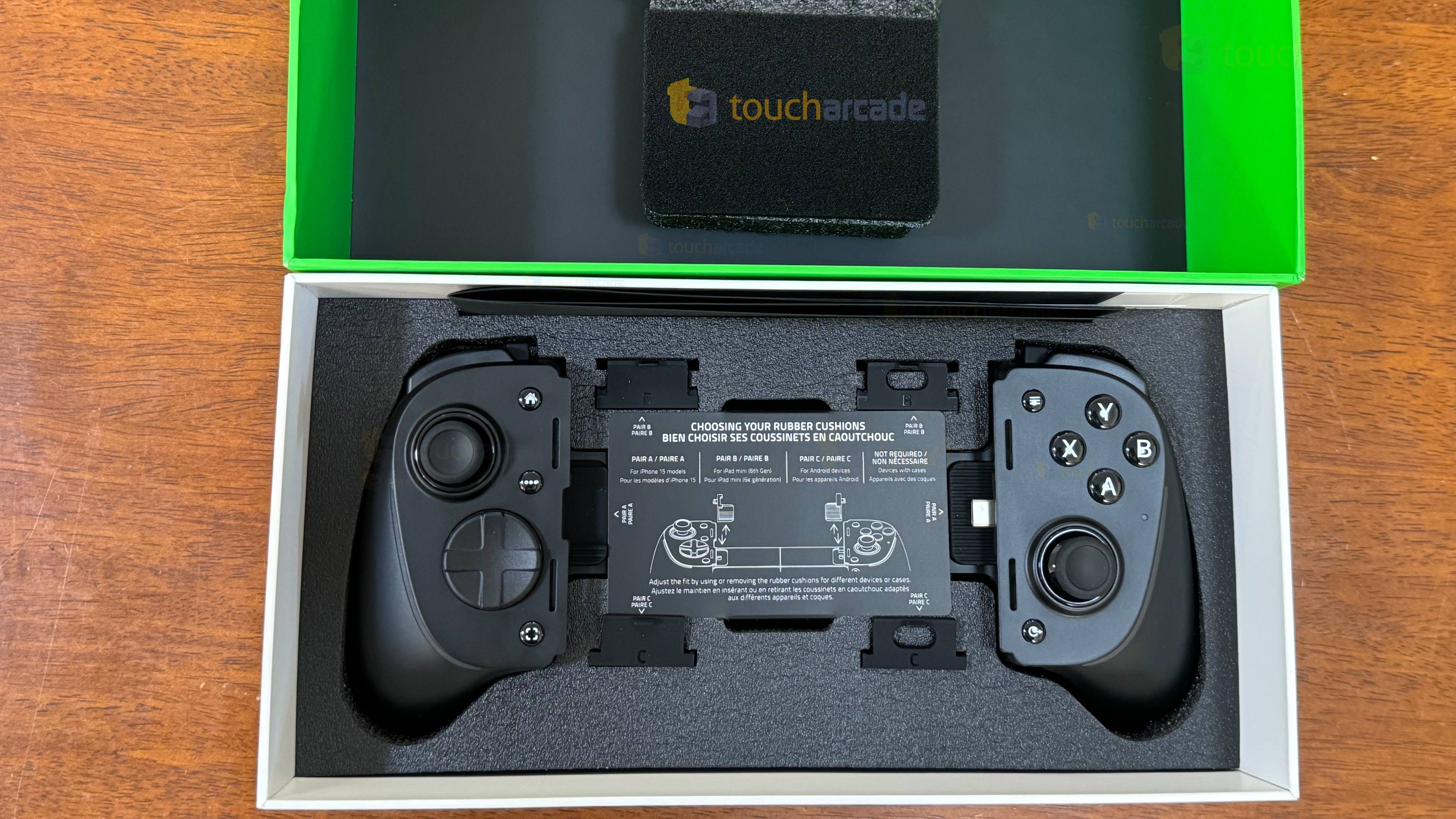
Razer Kishi Ultra Compatibility – iPhone, Cases, Android, and iPad Mini
Unlike many mobile controllers, particularly telescopic ones, which typically only support iPhone and Android, the Razer Kishi Ultra also accommodates tablets like the iPad Mini 6th generation. While recent telescopic controllers have incorporated Bluetooth, this USB-C controller boasts superior compatibility. For this review, I tested the Razer Kishi Ultra with my iPhone 15 Pro, iPhone 14 Plus, and wired to my iPad Pro. While I didn't test it on Android or Windows, I did try it wired on my Steam Deck. It was recognized as a generic Xbox gamepad, functioning perfectly in games like NBA 2K25 and providing satisfying rumble in titles such as Bakeru.
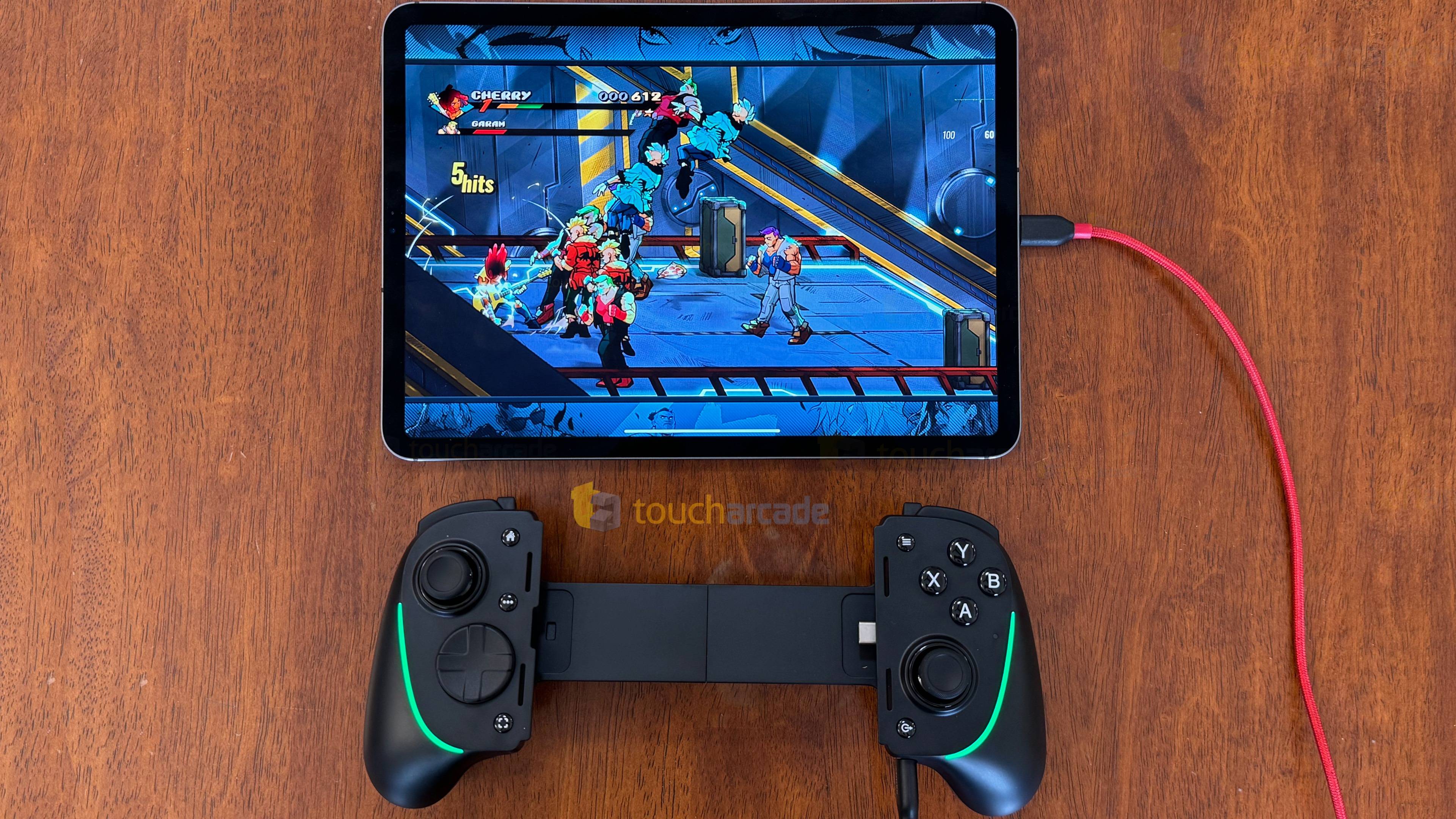
Razer Kishi Ultra Buttons, D-pad, and Triggers
Before delving into new features, let's assess the controller's feel and performance. My initial concerns about the d-pad proved unfounded; it performed exceptionally well in games like Garou: Mark of the Wolves ACA NeoGeo, Hades, and Hitman Blood Money Reprisal. The shoulder buttons and triggers mirrored the responsiveness of Razer's previous controllers. The analog sticks offered a comfortable, smooth experience, while the face buttons, although clicky, exhibited more travel than anticipated compared to the original Razer Kishi.
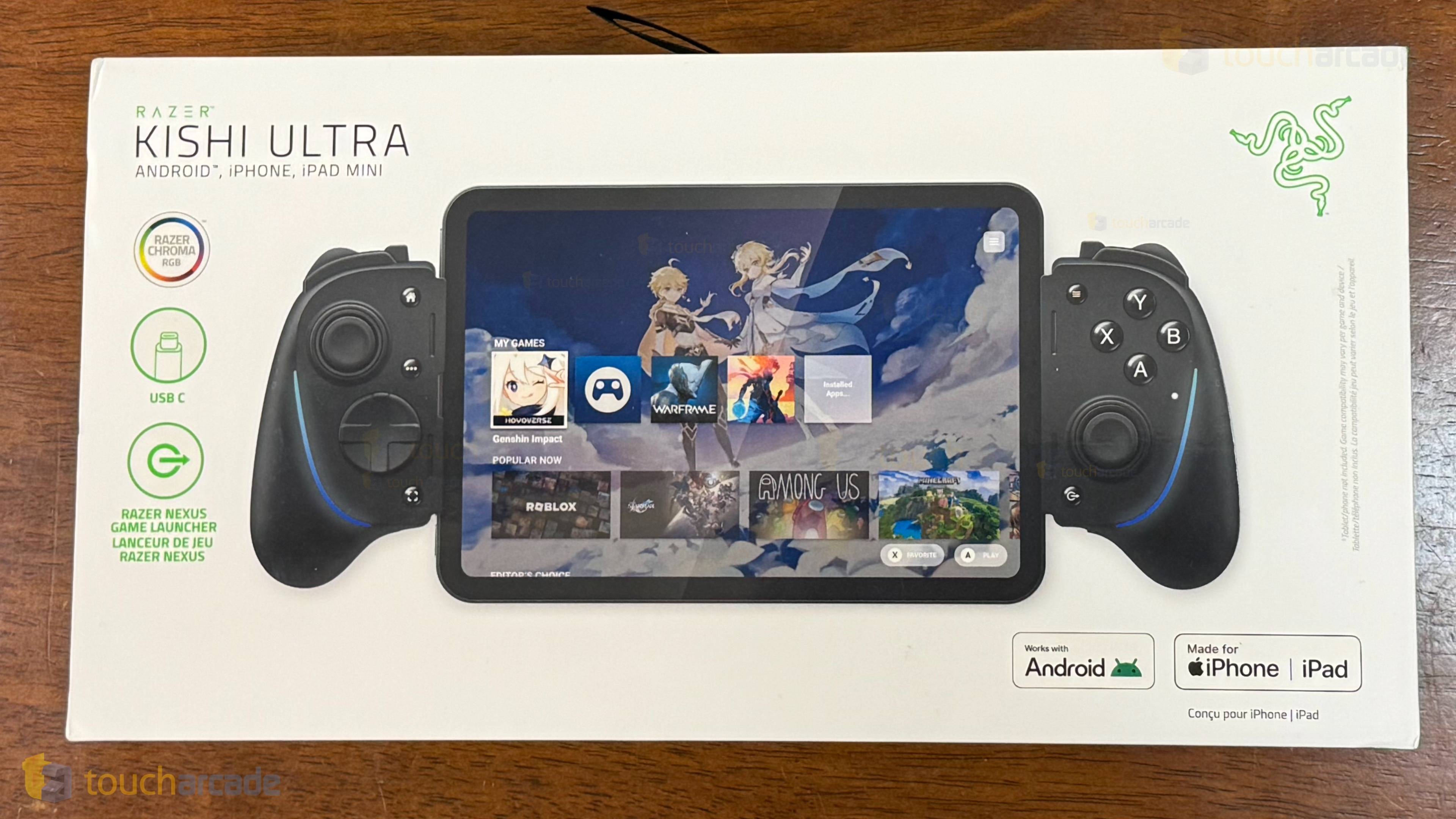
Overall, after extensive use, including several hours-long gaming sessions (e.g., Zenless Zone Zero while charging via passthrough), I have no complaints regarding the Razer Kishi Ultra's d-pad, buttons, or triggers.
The textured finish, while not rubbery, provides excellent grip and remains comfortable even during extended use. While I'm generally indifferent to Chroma lighting on controllers, similar to the Razer Kitsune, I would have preferred dynamic lighting synchronization with on-screen gameplay.
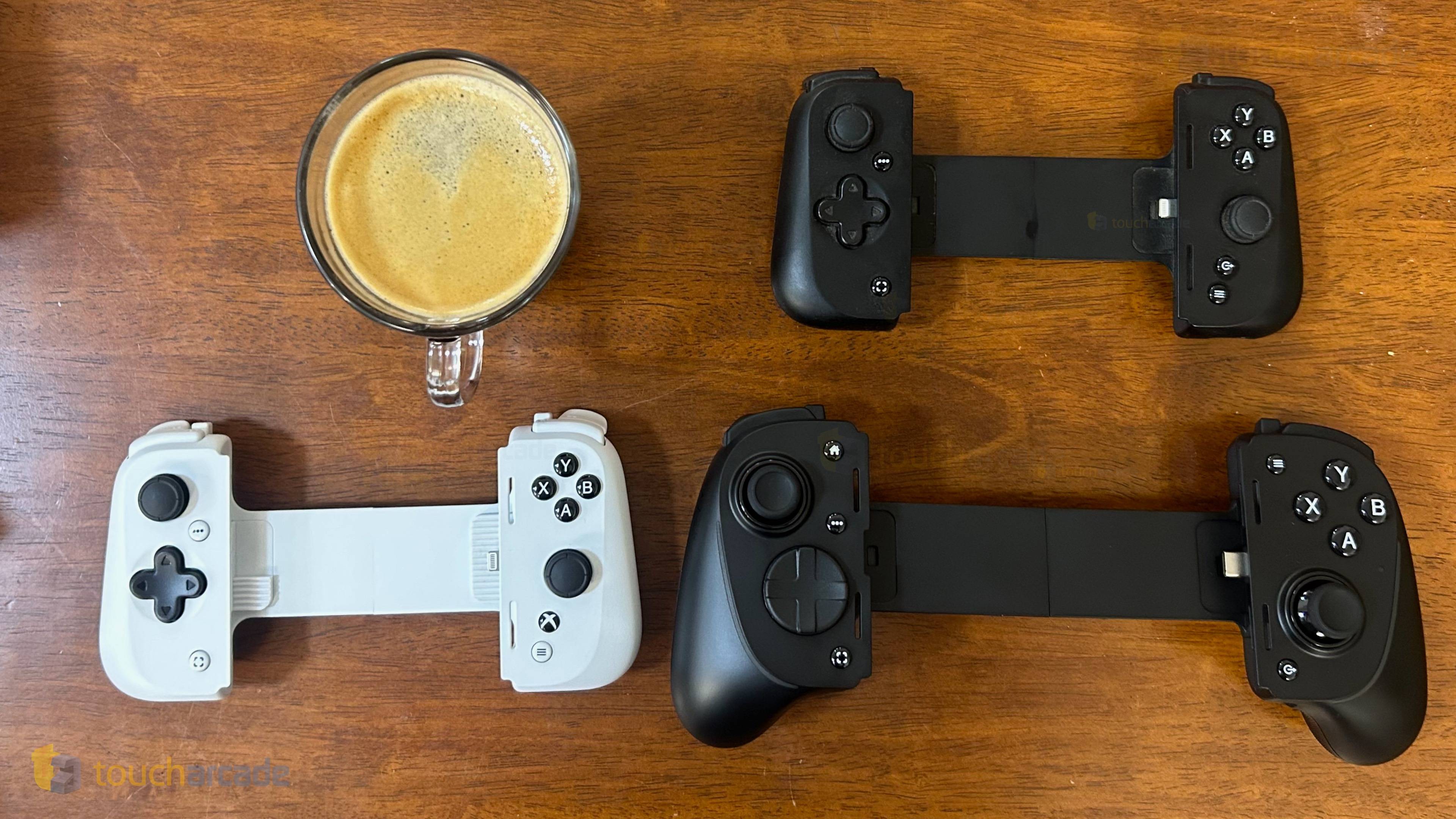
Razer Kishi Ultra – New Features
The Razer Kishi Ultra's primary appeal lies in its full-size form factor. Unlike the compact designs of previous Razer controllers or the Backbone One, the Razer Kishi Ultra provides a full-size feel, resembling a high-quality console controller with the phone nestled in the center. This might not appeal to those seeking a compact solution, but it's not intended to be one. The full-size design makes it the most comfortable mobile controller I've used.
Additional features include Chroma customization via the app, haptics (Android and Windows), and virtual controller mode (Android only). The virtual controller mode is particularly useful for Android games that lack controller support outside of iOS, such as Genshin Impact.
Beyond these new features, the Razer Kishi Ultra includes a 3.5mm headphone jack, passthrough charging (15W), and L4 and R4 shoulder buttons.
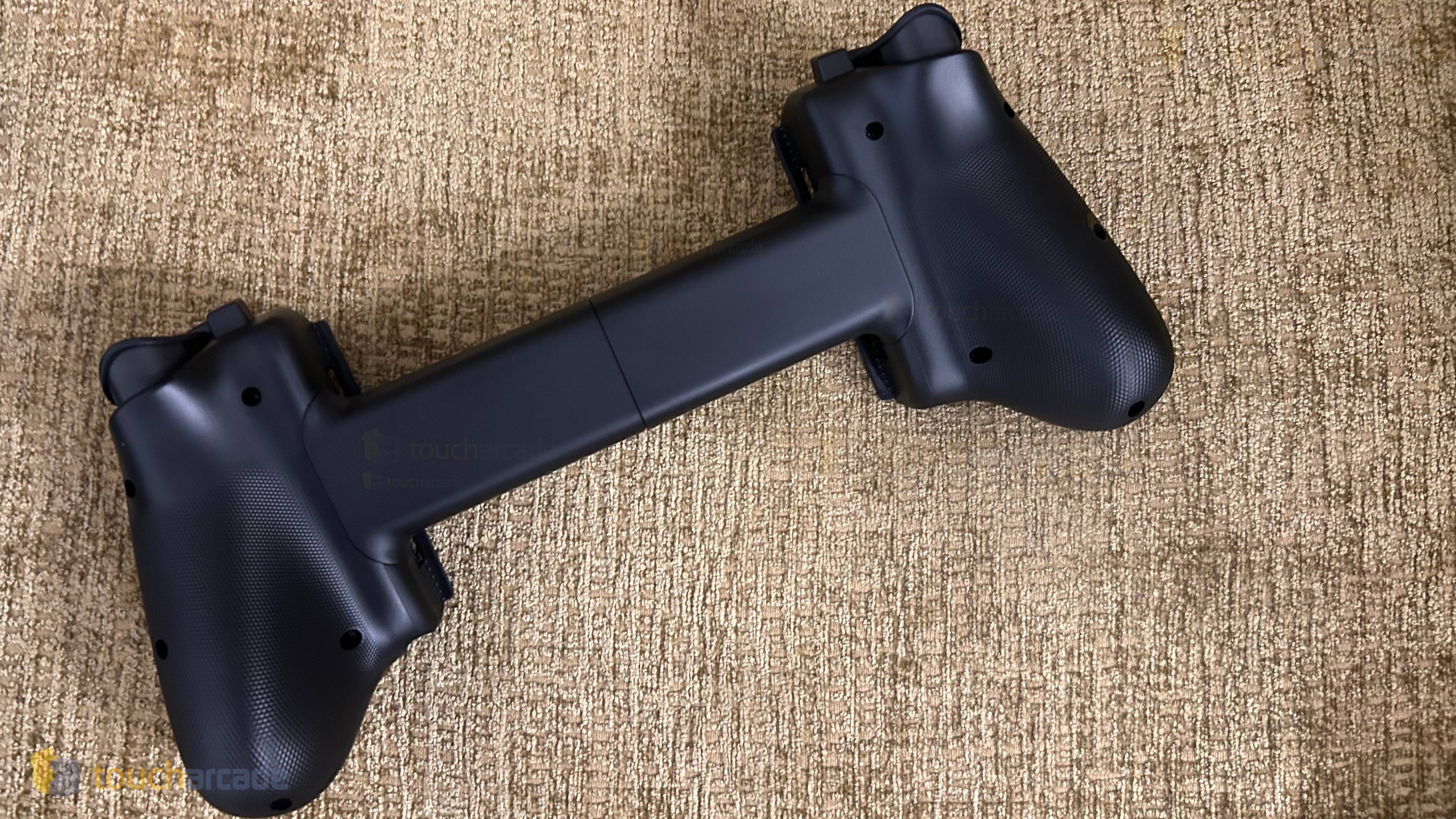
Razer Kishi Ultra Features Missing on iOS – Haptics and Virtual Controller Mode
Haptics and virtual controller mode are exclusive to Android (and Windows for haptics) and unavailable on iOS. While I'm less concerned about the virtual controller mode, I hope Razer will find a way to enable haptics on iOS. I appreciate the haptic feedback on PS5 and HD Rumble on Switch, and a similar experience on iOS would be a welcome addition.
Razer Kishi Ultra Price Point – Is It Worth It?
For most users, a wireless PS5 or Xbox controller offers a superior and more affordable gaming experience on iOS. However, if you prefer a telescopic controller that attaches directly to your phone, the Razer Kishi Ultra's $150 price tag represents a premium over the $99.99 price point of competing controllers. Is the extra cost justified? If you're satisfied with the Razer Kishi or Backbone One, the added comfort makes the upgrade worthwhile. However, the lack of haptics on iOS diminishes the overall experience compared to Android.
The long-term durability of the joysticks (drift) remains to be seen.
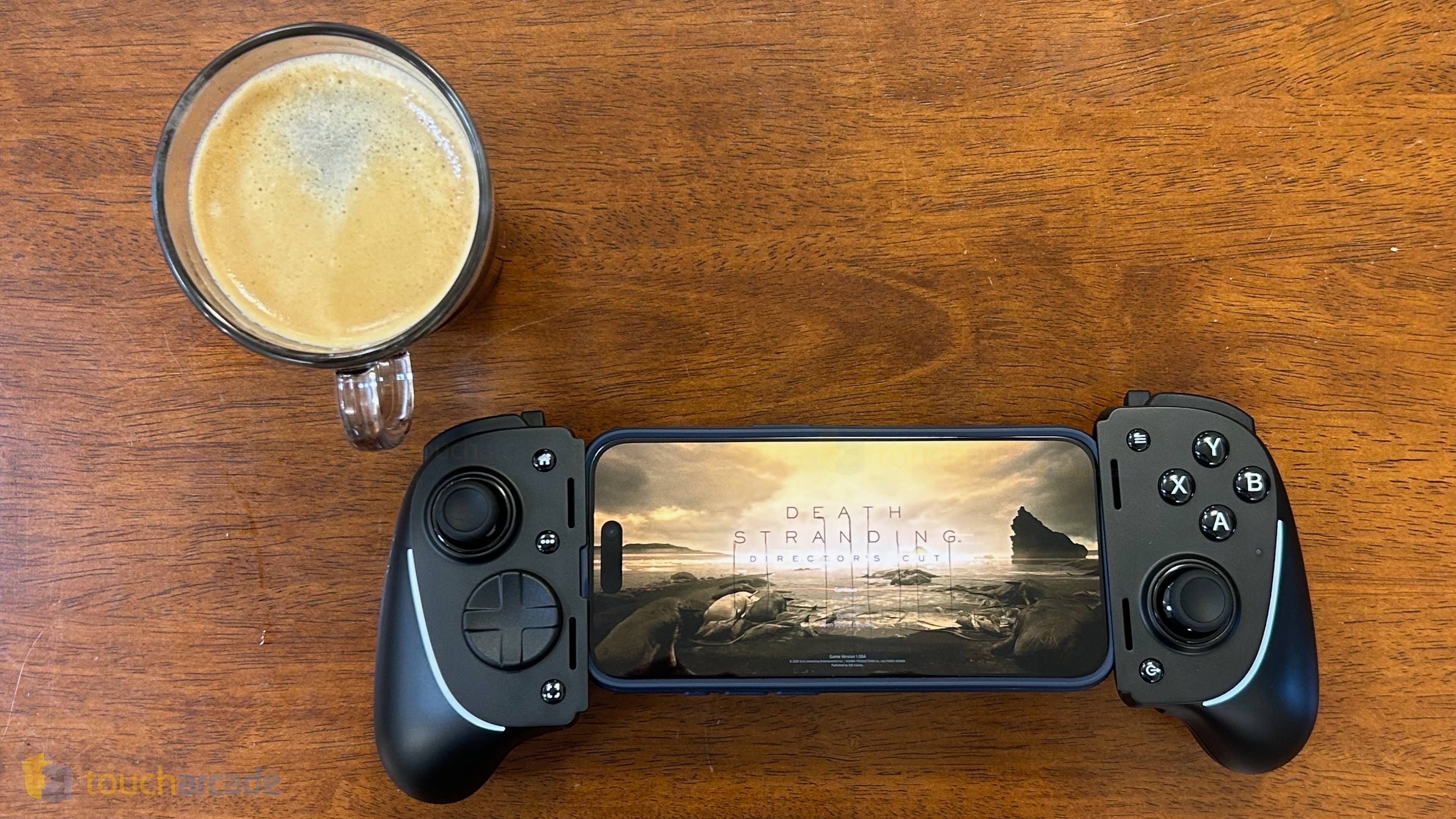
Razer Kishi Ultra – The Best Mobile Controller in 2024?
Compared to Razer's previous controllers, the shift to a full-size design is significant. Similar to the Hori Split Pad Pro for Switch, I find myself wanting both a full-size and a more compact controller for iPhone.
The Razer Kishi Ultra is undeniably the most comfortable mobile controller I've used, but its bulkier size makes it less travel-friendly. I'm concerned about its portability unless carried in its original box. It's unlikely to replace my regular Kishi or Backbone One for travel, making it primarily a home-use controller.
The absence of hall-effect analog sticks at this price point is noteworthy. I've experienced joystick drift with various controllers, and while the Razer Kishi Ultra hasn't exhibited this issue yet (nor has the original Kishi), it's a potential concern for long-term use.
Having reviewed Backbone One and Razer Kishi models, I'm eager to explore the GameSir lineup.
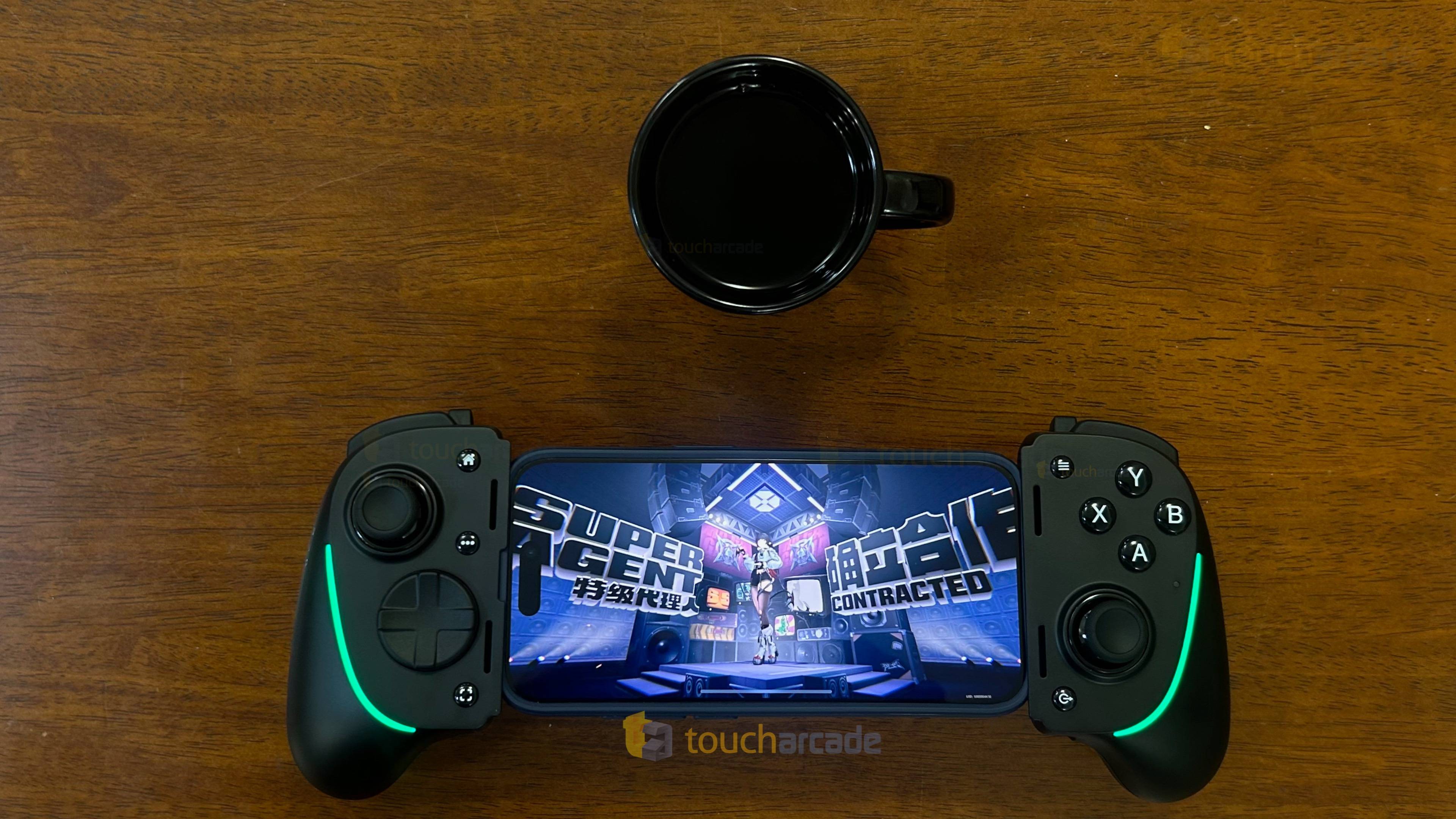
Razer Kishi Ultra 2 Wishlist
For a future Razer Kishi Ultra iteration, beyond hall-effect sticks, I'd suggest smoothing out some of the sharper edges, particularly around the passthrough charging port. While appreciating the L4 and R4 buttons, I prefer bottom-mounted paddles for better ergonomics. Including these as options, perhaps with L5 and R5 and remapping in the Razer Nexus app, would enhance the premium feel. Finally, a carrying case would be a welcome addition, aligning with the packaging standards of high-end console controllers. While not as expensive as a DualSense Edge or Victrix Pro BFG, a case would significantly improve the package.
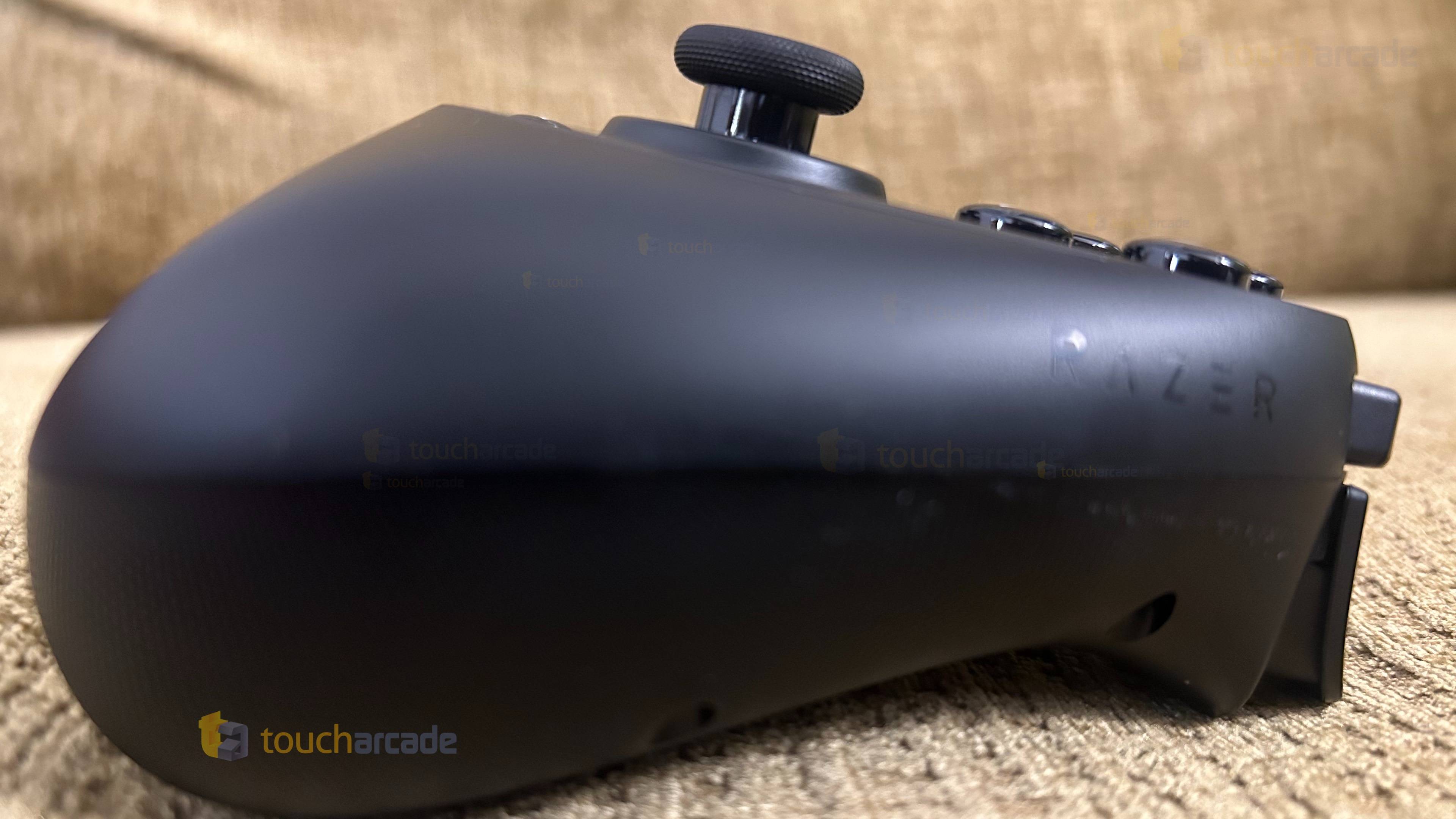
Razer Kishi Ultra Review
If you prefer the feel of traditional PS5 or Xbox controllers and find compact mobile controllers less comfortable, the Razer Kishi Ultra is ideal. Its comfortable grip, excellent d-pad, and face buttons make it a standout. The lack of full feature support on iOS is a drawback, but it's a significant addition to the mobile controller market. I hope Razer iterates on this design, including a carrying case for improved portability.
Razer Kishi Ultra review score: 4.5/5
Amazon Link: Razer Kishi Ultra
(The book in the header image is Andy Kelly's upcoming Perfect Organism: An Alien: Isolation Companion, which I'm currently reviewing. Pre-orders are available here.)
Disclaimer: TouchArcade may earn a small commission from purchases made using the affiliate links above.
-
1
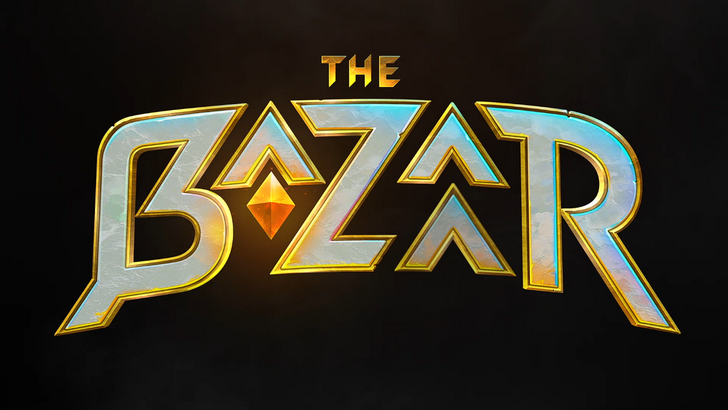
Announcing the Bazaar Release: Date and Time Unveiled
Feb 02,2025
-
2

Marvel Rivals Update: News and Features
Feb 19,2025
-
3

Novel Rogue Decks Android Debut
Feb 25,2025
-
4

GTA 6 Release: Fall 2025 Confirmed
Feb 23,2025
-
5
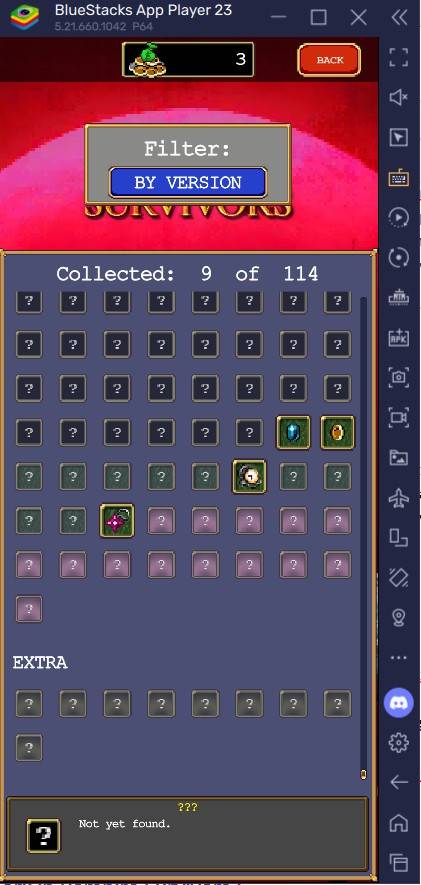
Vampire Survivors – Arcana Card System Guide and Tips
Feb 26,2025
-
6
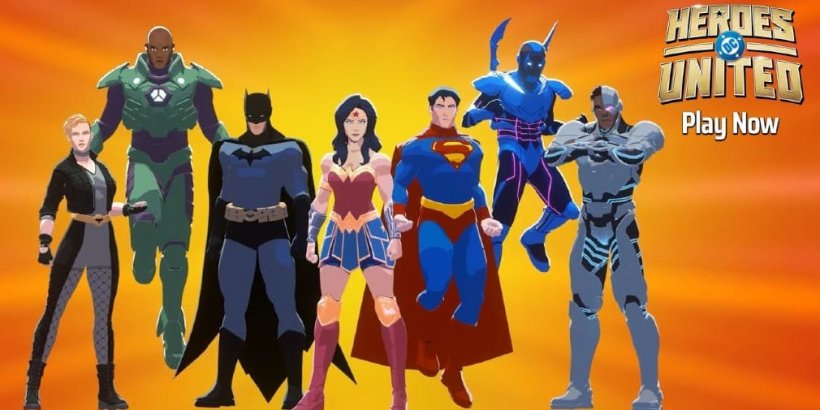
DC Heroes Unite: New Series from Silent Hill: Ascension Creators
Dec 18,2024
-
7
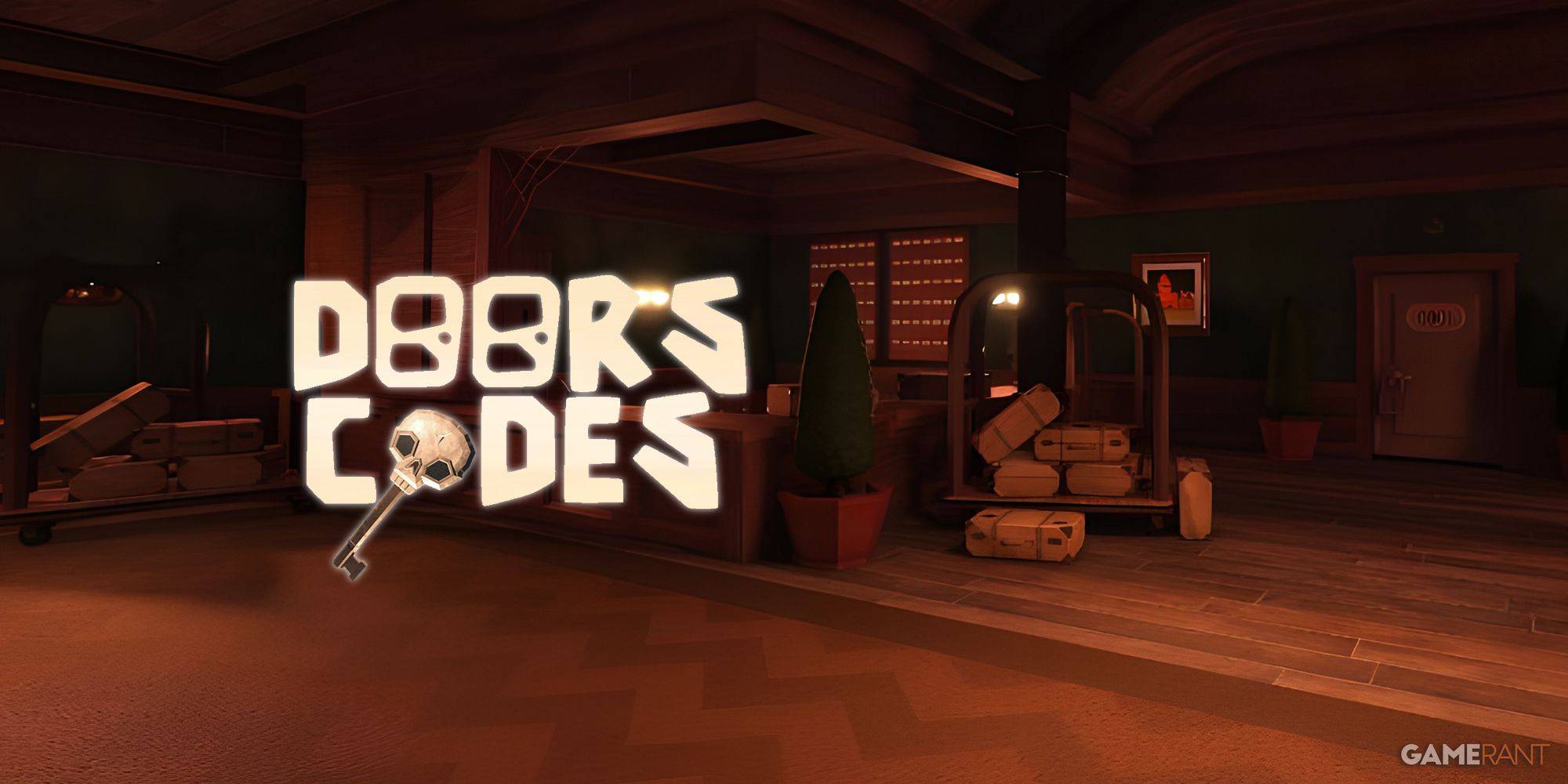
Get Exclusive Roblox DOORS Codes for January 2025
Feb 10,2025
-
8

Marvel Rivals Unveils Season 1 Release Date
Feb 02,2025
-
9

WWE 2K25: Long-Awaited Return
Feb 23,2025
-
10

Anime Fate Echoes: Get the Latest Roblox Codes for January 2025
Jan 20,2025
-
Download

Street Rooster Fight Kung Fu
Action / 65.4 MB
Update: Feb 14,2025
-
Download

Ben 10 A day with Gwen
Casual / 47.41M
Update: Dec 24,2024
-
Download

A Simple Life with My Unobtrusive Sister
Casual / 392.30M
Update: Dec 10,2024
-
4
Mega Jackpot
-
5
Day by Day
-
6
The Lewd Knight
-
7
Translate - Voice Translator
-
8
VPN Qatar - Get Qatar IP
-
9
Chewy - Where Pet Lovers Shop
-
10
Kame Paradise

